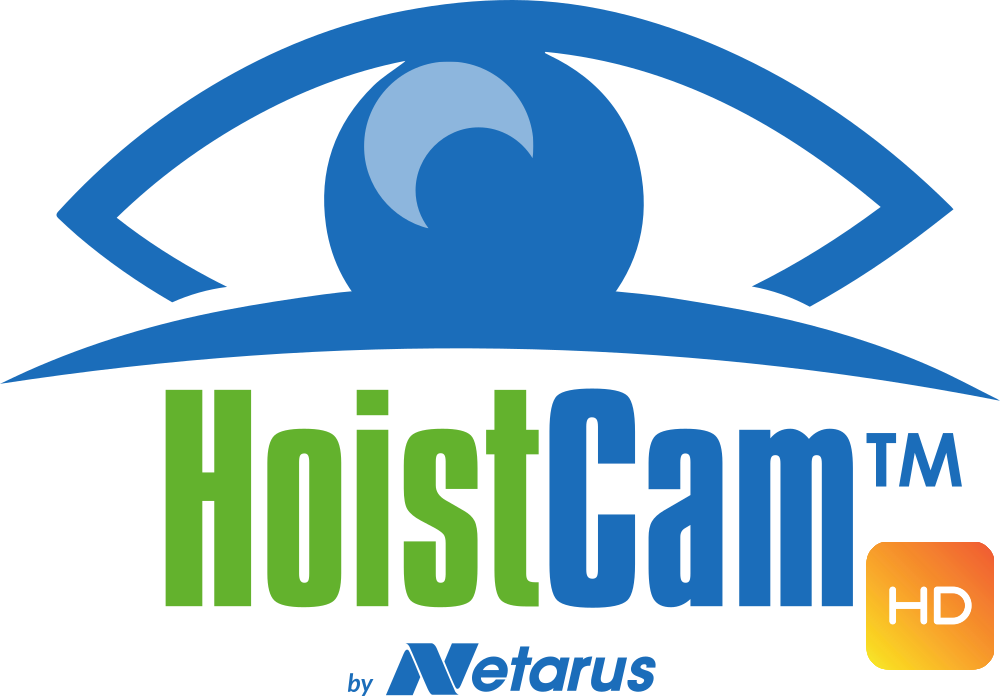
As mentioned in a previous article, HoistCam is dedicated to providing safety above all else on the job site. While our cameras on cranes can increase productivity, decrease time loss, increase security, and decrease damages to equipment, it is the safety of the workers on the job site that takes first priority. In our last article, we pointed out tips for how to stay safe when working around cranes and hoist. Today’s tips will focus on safety when working around the mobile crane. This is also an area where HoistCam’s cameras on cranes can bring added safety, security, and productivity to the work place.
Industrial Training International points out that mobile crane operators are in command of machines that are worth over a million dollars, and responsible for lifts involving equipment which costs just as much or more. While that knowledge is stressful enough, the realization that there are lives which depend on your expertise can add even more tension to any situation. By following the rules and following safety tips, the safety and efficiency of the lift can be greatly improved. Here are a few of those tips:
1. Never override the mobile crane’s computer.
2. Be aware of all overhead hazards – specifically close-by buildings and any power lines that are within the zone of operation.
3. Read the load charts – prior to turning the key in any new mobile crane.
4. Cell phones in the cab – while the crane’s key is on the cell phone is off.
5. Always note the changing conditions on the jobsite – from personnel to weather to surroundings.
6. Sometimes in a working situation, the crane operator needs to stop, evaluate, and find a safer lift plan.
7. Check ground conditions – before crane setup, ensure that the site is suitable to support your mobile crane and the future suspended loads.
8. Use appropriate pads & cribbing – mobile crane operators need to make sure they are using correct pads or cribbing to avoid having an outrigger fail or sink when they are making a lift.
9. Before starting your crane, always double check the oil, gas, and other fluid levels.
10. At the beginning of your shift, walk-around your crane checking for mechanical, electrical, structural, and hydraulic issues (MESH).
How can cameras on cranes possibly help to improve the situation? By adding HoistCam’s cameras on cranes to the mobile crane, the crane operator now has full line of sight for the entire lift and job site. A glance at the monitor in his cab can alert him of any overhead hazards, such as buildings and power lines. He can see that the load is properly secured, and that the lift path is cleared. By giving line of sight to the crane operator, HoistCam makes it possible for him to be alerted of any dangers much more quickly than without the cameras on cranes. And the faster one is alerted of danger, the quicker he can avoid it.

